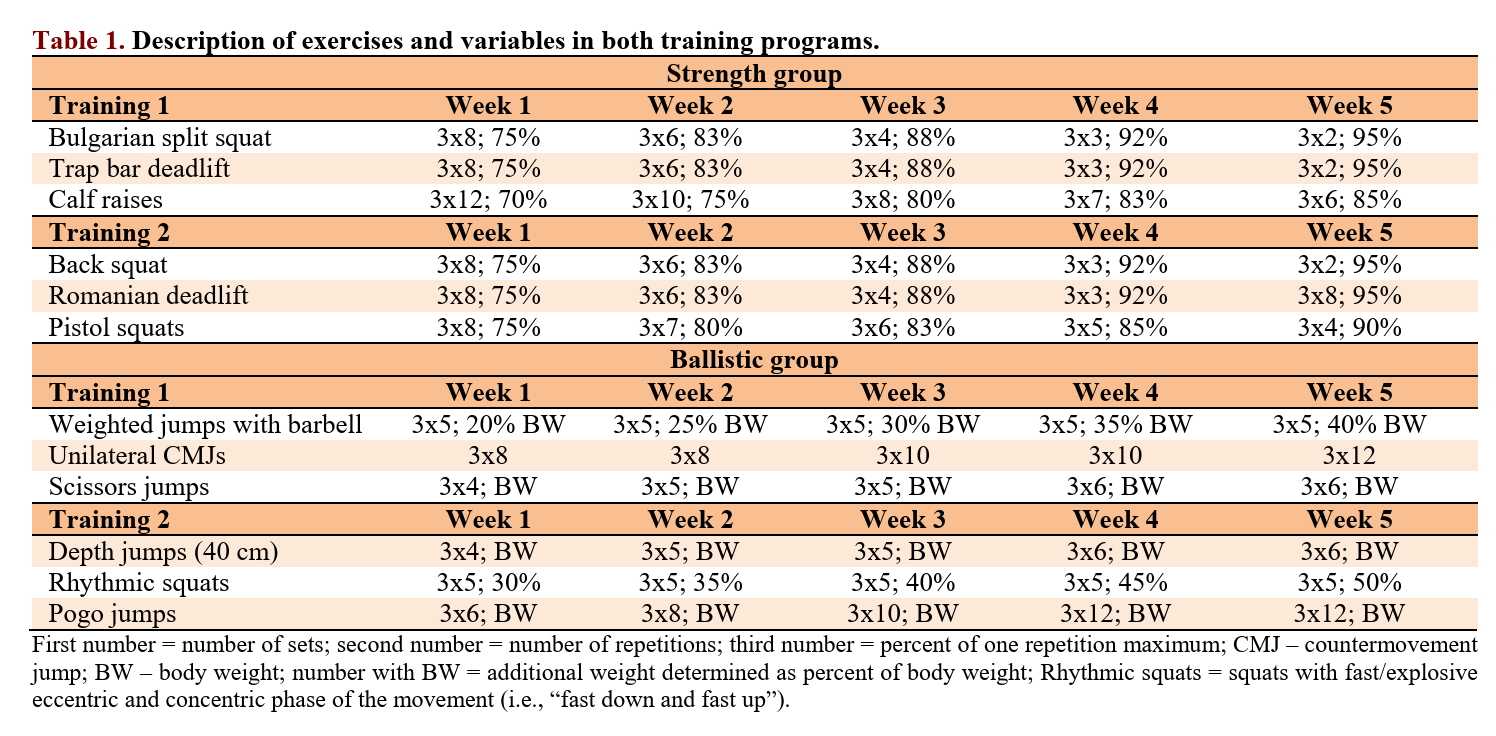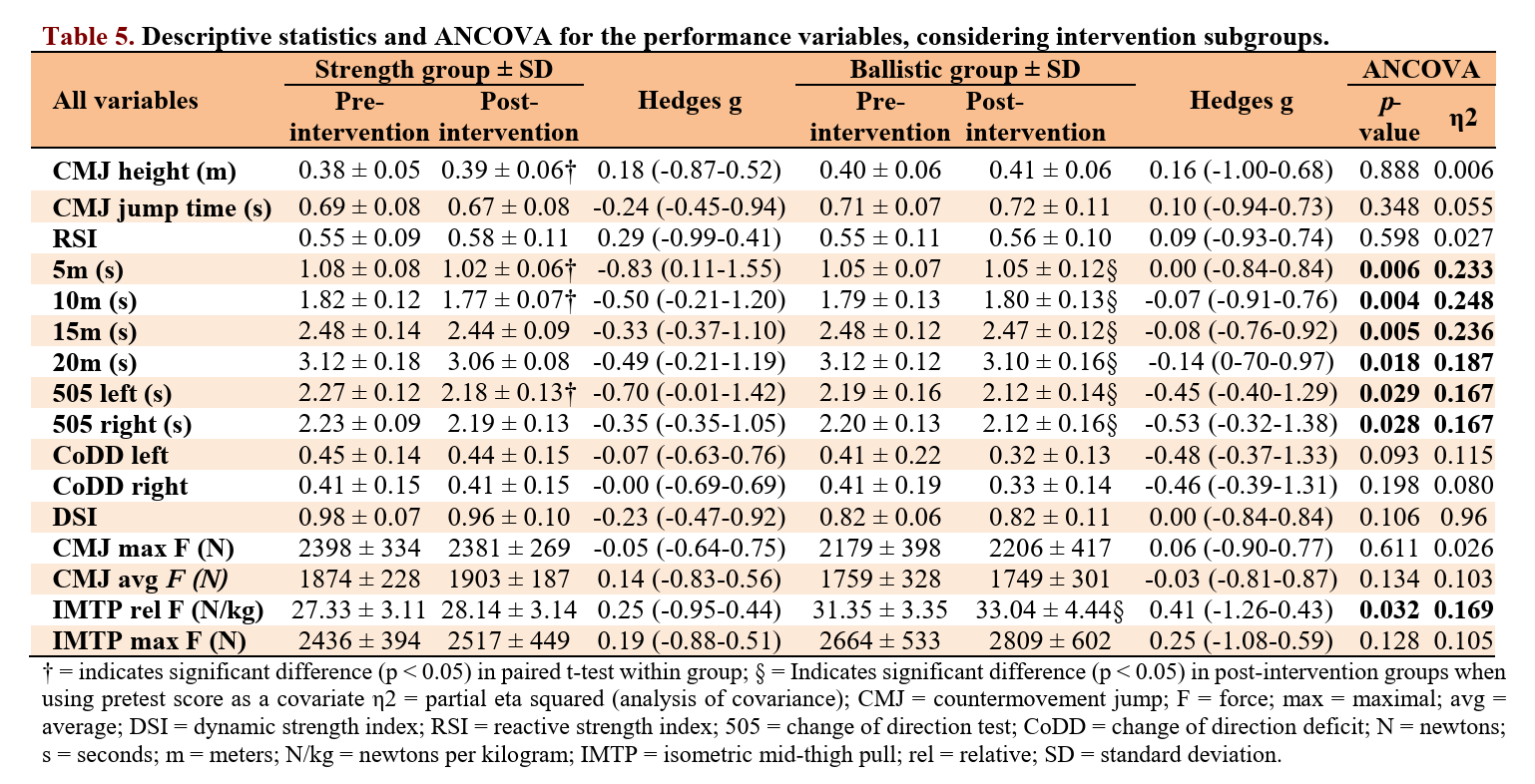If you’re working with basketball athletes, you’re constantly juggling competing demands.
Jumping, sprinting, changing direction, absorbing contact, and doing it all at game speed, often times under game fatigue.
You already know strength and power are essential.
But what if you could quantify how well your athlete converts strength into explosive movement? And better yet, tailor their training based on that profile?
Enter the Dynamic Strength Index (DSI).
In this post, we’ll break down two recent studies that looked at DSI in elite basketball players.
One study examined how DSI relates to sprinting, jumping, and change of direction (CoD) performance.
The other tested whether training based on DSI led to better performance gains during the season.
These two studies, by the same research group, provide valuable insights for training basketball players.
What is the Dynamic Strength Index (DSI)
DSI is calculated by dividing the peak force from a countermovement jump (CMJ) by the peak force from an isometric mid-thigh pull (IMTP).
In plain language:
- CMJ peak force = ballistic output
- IMTP peak force = maximal strength
- DSI = how much of your strength can be expressed explosively

The idea is simple:
- A higher DSI suggests you're good at expressing your strength fast, but may lack raw strength.
- A lower DSI may indicate strong athletes who haven’t yet optimized their rate of force development.
What Does DSI Actually Relate To?
In the new 2025 study by Pleša et al., 44 high-level male basketball players were tested on a battery of performance tasks:
- Vertical and horizontal jumps
- Linear and curvilinear sprints
- 505 CoD test.
- They also assessed DSI, CMJ, and IMTP outputs.
Here’s what they found:
- Athletes with lower DSI scores (i.e., stronger IMTP relative to CMJ) performed better in horizontal and lateral jumps, 10m sprints, and had a lower CoD deficit.
- CMJ peak force alone had no correlation with performance outcomes.
- IMTP peak force, on the other hand, showed weak to moderate correlations with jumping and curvilinear sprint performance.
Translation? Athletes with more absolute strength (and a lower DSI) tended to move better in key basketball-specific movements.
What Happens When You Train Based on DSI?
In a previous 2024 study, the same researchers randomized 43 elite basketball players into two groups during the season:
- DSI-Based Training Group: Split into strength-focused (DSI > 0.90) and ballistic-focused (DSI ≤ 0.90)
- Control Group: Standard resistance training
Each athlete trained twice per week for 5 weeks.

Here’s what happened:
- The strength-focused DSI group significantly improved their 5–20m sprint times, 505 CoD performance, and IMTP force.
- The ballistic group saw slight gains, but they weren’t statistically significant.
- The control group? Their performance mostly stayed the same, or declined.
Notably, only the strength group decreased their DSI scores, meaning they improved maximal force without compromising dynamic ability.
The control group actually increased DSI because their IMTP force went down while CMJ stayed flat.

Why This Matters for Basketball
Basketball is a “ballistic” sport.
Just by playing, players are exposed to a lot of high-velocity work, including sprints, jumps, and decelerations.
What they often lack is dedicated maximal strength development.
These studies suggest that:
- Many basketball athletes are velocity-dominant but force-deficient
- Lower DSI scores (from stronger IMTP outputs) correlate with better movement outcomes
- DSI-guided training helps coaches individualize programs with greater precision
In other words, your skinny wing player who jumps out of the gym but struggles to maintain position in the lane probably doesn’t need more depth jumps. He needs to deadlift.
Should You Use DSI in Your Program?
If you have access to force plates or a reliable IMTP and CMJ setup, DSI is a potential screening tool, especially in the preseason as a baseline measure.
But even without the tech or testing, the takeaway is clear:
- Don’t just chase “bounciness” and build the force foundation that underpins it.
- Individualize training because a one-size-fits-all training plan leaves performance on the table.
- Strength and power aren’t interchangeable or competing; they’re complementary qualities.
References
- Pleša, J., Ujaković, F., Bishop, C., Šarabon, N., & Kozinc, Ž. (2025). Associations between dynamic strength index and jumping, sprinting and change of direction performance in highly trained basketball players. Applied Sciences, 15(1), 434.
- Pleša, J., Ujaković, F., Ribič, A., Bishop, C., Šarabon, N., & Kozinc, Ž. (2024). Effectiveness of an individualized training based on dynamic strength index on sprinting, jumping and change of direction performance in basketball players: A randomized controlled trial. Journal of Sports Science and Medicine, 23(3), 504–514.




